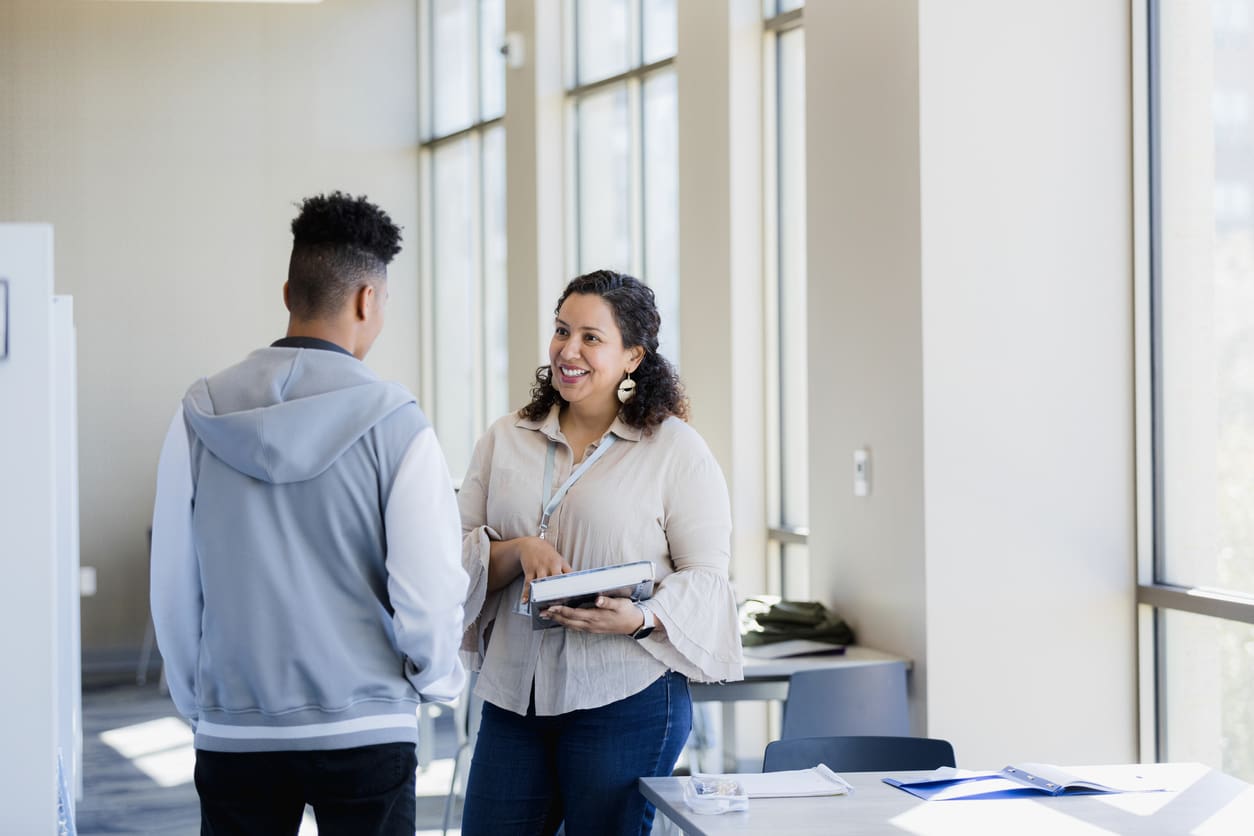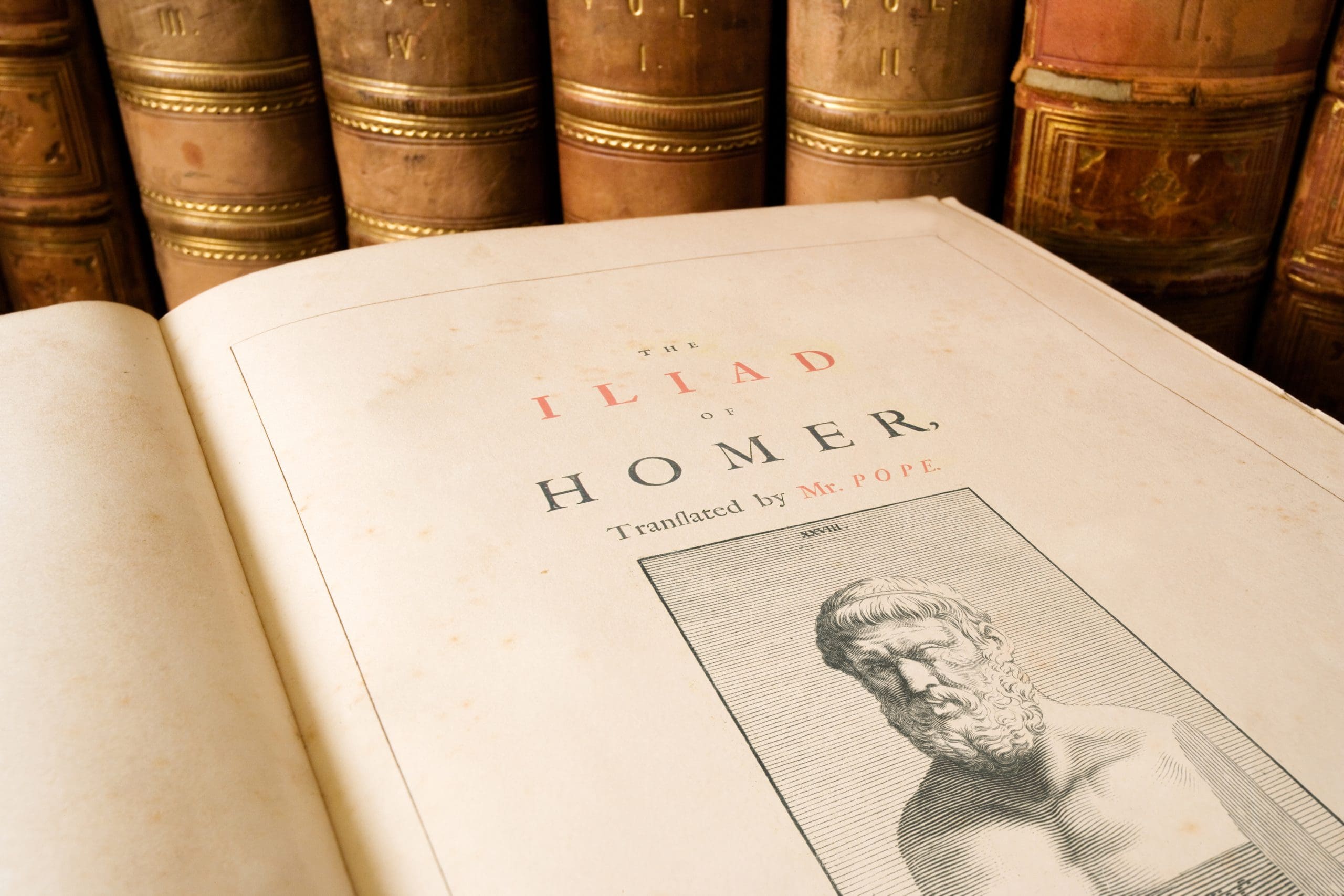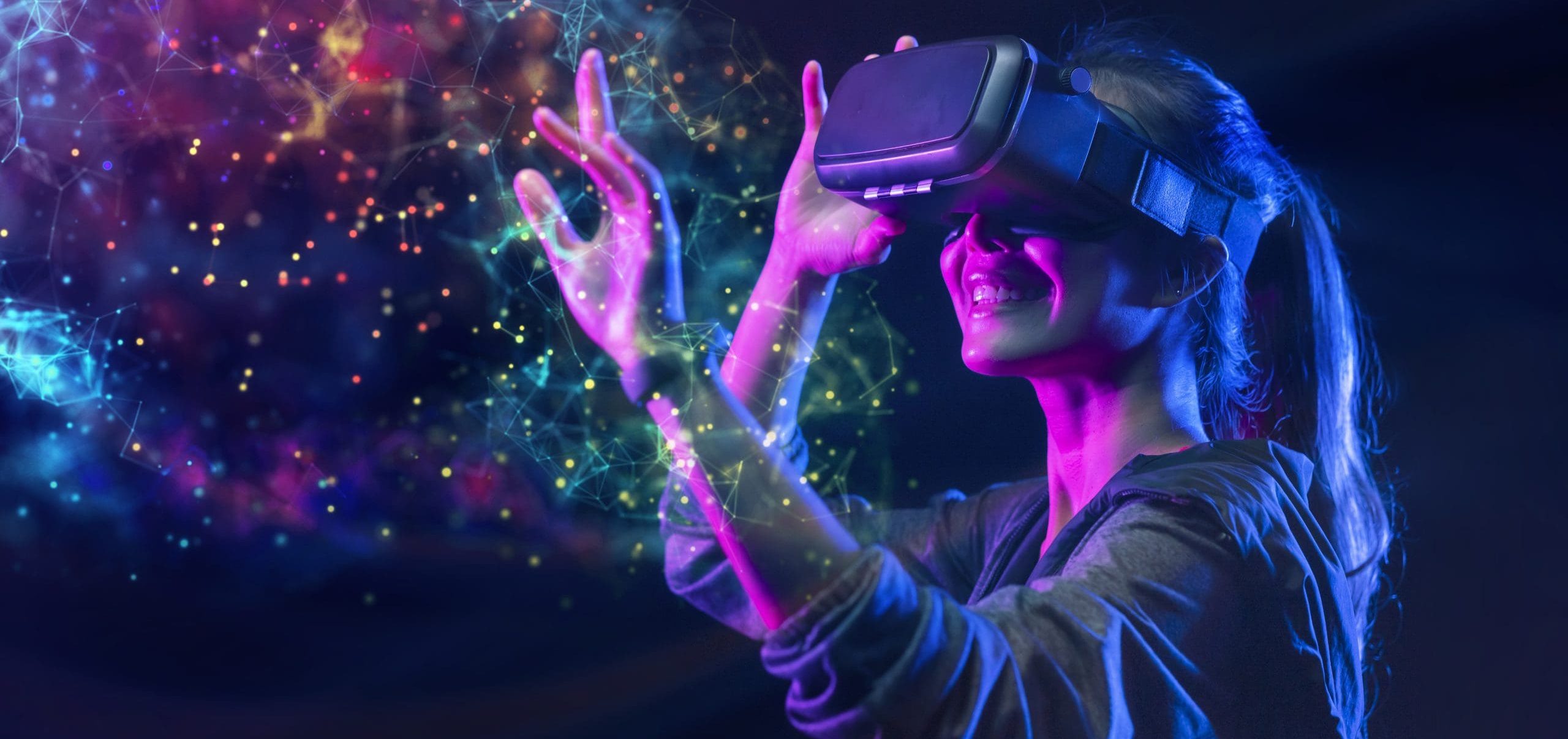
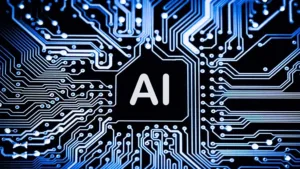 Where does AI find its place in the classroom? Does it even have a place in the classroom? Many have strong opinions about this trending topic, both positive and negative, especially since research is rolling in indicating how AI will impact the quality of education.
Where does AI find its place in the classroom? Does it even have a place in the classroom? Many have strong opinions about this trending topic, both positive and negative, especially since research is rolling in indicating how AI will impact the quality of education.
At Optima, we seek to understand how innovations such as AI can impact the dynamics of the classroom experience and student engagement.
Our desire to learn more offers the question: what are the pros and cons of AI in the classroom?
Pros:
A Customized Learning Experience
Research documented in the Journal of Education, Humanities, and Social Sciences documented how AI provided an adaptable experience for learners and was adjustable to the needs of each individual student. Additionally, since much administrative work can be automated, AI can do tasks that would otherwise take away from learning time such as taking attendance, summarizing lesson plans, grading papers, and drafting emails. This gives students priority and allows individuals to curate their own learning experiences with their educators.
AI tools can also offer immediate, personalized feedback, enabling students to identify and address gaps in understanding in real time. This rapid response helps reinforce key concepts and encourages a growth mindset, as learners receive constructive input without delay. With the ability to track progress and adapt content based on performance, AI empowers educators to deliver differentiated instruction more efficiently, ultimately creating a more inclusive and supportive learning environment.
More Resources for Teachers
We all can appreciate it when our teachers can spend more time focusing on our students rather than the time consuming, “less glamourous” tasks such as grading. These tasks are necessary, therefore, if AI is capable of taking on activities like grading, teachers and students alike can benefit.
More Accessible Learning
Citing again the research documented in the Journal of Education, Humanities, and Social Sciences, AI “supports special education” by tailoring education to individual student needs including those of students who are neurodivergent. This is a great method for students who need a more individualized approach to their educational journey, especially when other educational techniques are not made for students who have unique learning abilities. This is a powerful tool to help students learn in the way that best suits their needs.
Cons:
Ethical Concerns
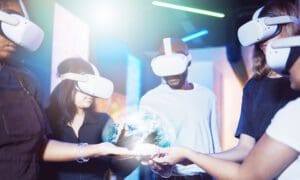
Many questions arise concerning the ethics of AI in the classroom from plagiarism to issues with autonomy, to surveillance and tracking on other applications the user might utilize. According to a study done by the National Library of Medicine: “AI tracking systems not only necessitate monitoring of activities but also determine the future preferences and actions of their users. “This is concerning since it pertains to tracking minors.
AI Bias
Multiple studies have shown AI bias based on several factors. AI bias is the possibility for AI to be biased based on the data that the system pulls from. The results based on the data can be predicted unfortunately. From answers to simple prompts, to the complexities of healthcare. PLOS Digital Health research found that biases are present throughout AI development even in healthcare. Also, according to Cornell University, word embeddings often have stereotypical connotations such as assuming a woman or man would be more likely to take on a certain workplace role based on gender stereotypes.
Unwanted Dependence
According to the National Library of Medicine’s research: “there is a gap in ensuring that students use AI tools like ChatGPT appropriately without becoming overly dependent on them for solutions, which could hinder their learning process and problem-solving skills.” Obviously, we want to ensure that our kids obtain the knowledge they need to be successful in life, therefore, creating boundaries may not be the worst idea.
Conclusion:
As technology continues to improve, humanity continues to seek out resources improving our speed, consistency, volume, and work quality. With every resource there are pros and cons to consider. Fire keeps us warm and can cook our food but can still burn when we get too close. Because we evolve with technology, it is crucial that we recognize the pros and cons of each new tool we use in the classroom, including AI. Tools are capable of both good and bad, which is why it is crucial we understand how to properly use them.





